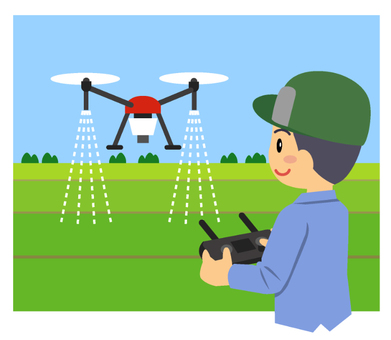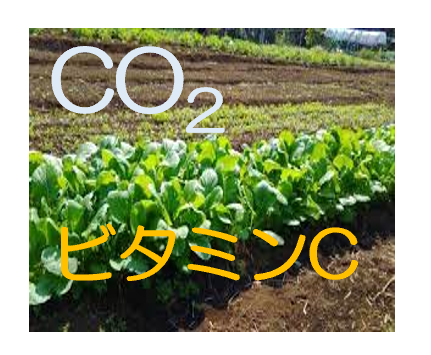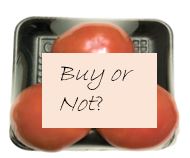概要
農業用ドローンを活用した害虫防除は、気候リスクや人口増加を考慮した世界的な食料供給の脆弱性について、グローバルに議論されています。このような課題に対して、スマート農業が日本国内で導入され、実証されてきました。スマート農業の実装の妥当性は、コスト分析、作業能力評価、管理効率分析などを用いて測定することができます。本研究では、特に農作物散布のために導入された無人航空機(UAV)による害虫防除管理に焦点を当てました。日本の水稲栽培におけるUAVの妥当性について、コストとパフォーマンスの観点から比較研究を行いました。具体的には、(1) トラクターに取り付けられたブーム散布器、(2) リモコン操作の散布ヘリコプター(RCヘリコプター)、(3) UAVという3つの害虫防除散布方法を比較しました。各手法の害虫防除コストと作業能力を推定しました。また、データ包絡分析(DEA)に基づいた入力指向モデルを用いて、異なる害虫防除散布器と敷地面積(0.5〜30 ha)の21のケースシナリオの管理効率を評価しました。害虫防除コストの入力と農場の総収入および余剰作業能力の出力を考慮しました。ブーム散布器、RCヘリコプター、UAVの単位面積あたりの害虫防除コストは、それぞれ約925,597円/ha(米ドルで8,819ドル/ha)、6,924,455円/ha(米ドルで65,975ドル/ha)、791,724円/ha(米ドルで7,543ドル/ha)でした。害虫防除予定日における作業能力は、それぞれ120 ha、195 ha、135 haでした。DEAの結果から、UAVが分析されたケースにおいてブーム散布器とRCヘリコプターよりも効率的であることが示唆されました。農作物散布におけるUAVは、ブーム散布器やRCヘリコプターよりも比較的低コストで高い管理効率を示し、コストと時間の節約に寄与できる適切な代替手段となり得ることが示唆されます。この研究は、農業における害虫防除実践において、UAVなどのスマート農業技術を取り入れることで、よりコスト効果の高さと管理効率の向上を実現することの重要性を強調しています。
With the rapid advancement of technologies like IoT, AI, and robotics, smart agriculture has gained momentum in Japan, showcasing its potential in improving agricultural practices. To evaluate the effectiveness of smart agriculture implementation, this study focuses on pest control management, particularly the use of unmanned aerial vehicles (UAVs) for crop spraying in rice fields. By conducting a comparative analysis of pest-control sprayers, including tractor-mounted boom sprayers, remote-control spraying helicopters (RC helicopters), and UAVs, we examine the costs and performance of each method. Through cost estimation and working capacity assessment, we analyze the pest-control costs per unit area and the respective working capacities of boom sprayers, RC helicopters, and UAVs. The results indicate that the pest-control costs per unit area for boom sprayers, RC helicopters, and UAVs are approximately 925,597 yen/ha (US $8,819/ha), 6,924,455 yen/ha (US $65,975/ha), and 791,724 yen/ha (US $7,543/ha) respectively. Furthermore, the working capacity during scheduled pest-control days is found to be 120 ha, 195 ha, and 135 ha for boom sprayers, RC helicopters, and UAVs respectively. To evaluate the management efficiency of different pest-control sprayers and field areas, ranging from 0.5 to 30 ha, we employ data envelopment analysis (DEA) using an input-oriented model. By considering pest-control cost as the input and gross farm income and surplus working capacity as the outputs, we assess the efficiency of 21 case scenarios. The DEA results highlight the higher efficiency of UAVs compared to boom sprayers and RC helicopters for the analyzed cases. Based on the relatively lower cost and higher management efficiency, UAVs for crop spraying demonstrate their potential as a suitable replacement for boom sprayers and RC helicopters, offering cost and time savings in Japanese rice farming. This study emphasizes the importance of embracing smart agriculture technologies, such as UAVs, to achieve greater cost-effectiveness and management efficiency in pest control practices.
📰Press release https://www.tus.ac.jp/today/archive/20210415_9897.html
雑誌名
Sustainability
論文タイトル
Evaluating farm management performance by the choice of pest-control sprayers in rice farming in Japan
著者
Yuna Seo, Shotaro Umeda
DOI
引用
Seo, Yuna, and Shotaro Umeda. “Evaluating Farm Management Performance by the Choice of Pest-Control Sprayers in Rice Farming in Japan.” Sustainability 13, no. 5 (2021): 2618.


